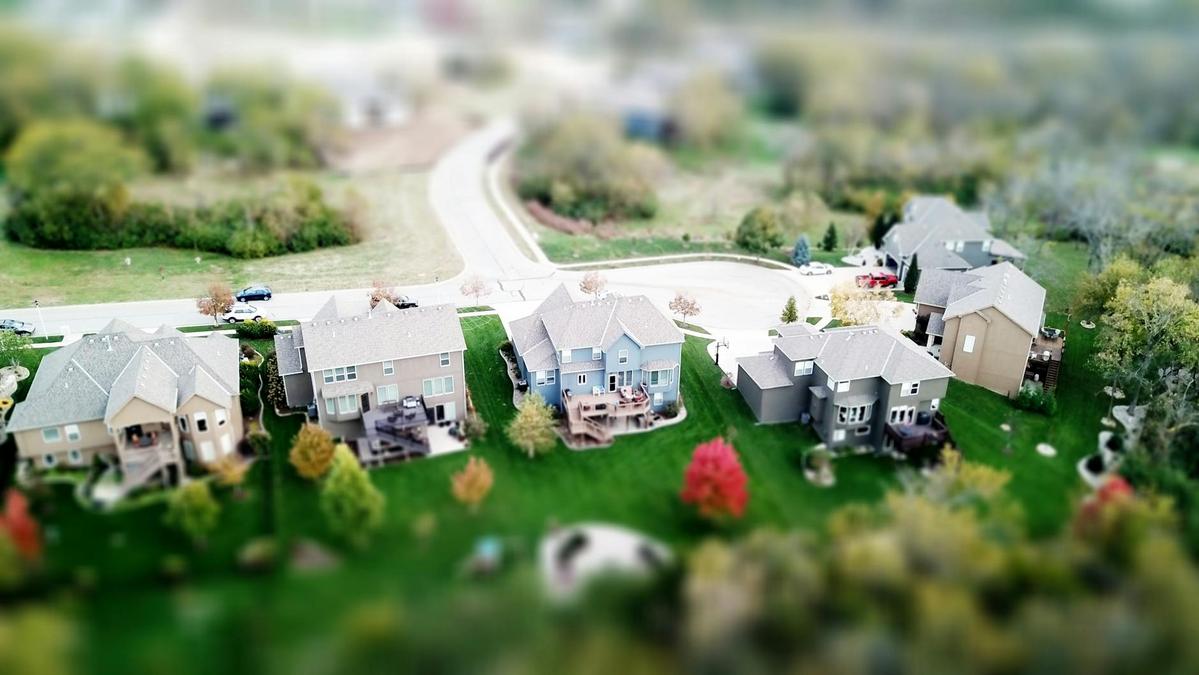As the world continues to embrace sustainable living, the construction industry is experiencing a transformative shift towards eco-friendly materials that promise to redefine real estate development.
Exploring Sustainable Materials
In recent years, the construction sector has seen a growing trend towards sustainable materials, driven by the need to reduce carbon footprints and promote environmental responsibility. A pivotal player in this movement is bamboo, renowned for its rapid growth and strength, making it a favored choice for flooring and structural components. According to a report by the International Bamboo and Rattan Organisation, bamboo can be harvested every four to five years, unlike other hardwoods that may take decades to mature.
Expert Insights
Architectural expert Maria Lopez highlights, “Sustainable materials are not just about being eco-friendly; they offer durability and cost-effectiveness, which are crucial in today’s construction projects.” Her observations align with the increasing adoption of materials like recycled steel and reclaimed wood, both of which significantly reduce waste and energy consumption during production.
Statistics and Research
A study by the World Green Building Council found that utilizing sustainable materials can reduce a building’s energy use by up to 30%. This statistic underscores the importance of selecting materials that are not only sustainable but also enhance energy efficiency.
Real-World Applications
A notable example is the Bullitt Center in Seattle, often hailed as one of the greenest commercial buildings in the world. It incorporates sustainable materials such as FSC-certified wood and toxin-free insulation, setting a benchmark for eco-friendly construction.
Actionable Tips for Sustainable Construction
- Choose materials with low environmental impact, such as reclaimed wood and recycled metal.
- Consider local sourcing to minimize transportation emissions and support regional economies.
- Focus on energy-efficient designs to enhance sustainability beyond materials.
Comparison of Sustainable Materials
| Material | Benefits | Uses |
|---|---|---|
| Bamboo | Rapid growth, high strength | Flooring, structural components |
| Recycled Steel | Durability, reduced waste | Frames, roofing |
| Reclaimed Wood | Lower carbon footprint, aesthetic appeal | Flooring, furniture |
| Cork | Renewable, fire-resistant | Flooring, insulation |
| Hempcrete | Insulation properties, lightweight | Walls, insulation |
| Mycelium | Biodegradable, versatile | Insulation, packaging |
| Rammed Earth | Thermal mass, natural aesthetics | Walls, floors |
| Straw Bales | Good insulation, renewable | Walls, construction blocks |
Frequently Asked Questions
What are the benefits of using sustainable materials in construction?
Sustainable materials help reduce environmental impact, improve energy efficiency, and often provide cost savings over time due to their durability.
How can I ensure the materials I choose are truly sustainable?
Look for certifications such as FSC for wood products, and research the material’s lifecycle impact.
Are sustainable materials more expensive?
While some may have a higher upfront cost, they often lead to savings in energy and maintenance, balancing out over time.
Conclusion
Incorporating sustainable materials in real estate construction is more than just a trend; it is a necessary evolution towards a more responsible future. By choosing materials that are eco-friendly, durable, and energy-efficient, developers can create buildings that not only stand the test of time but also contribute positively to the environment. As we move forward, the adoption of these materials will play a crucial role in shaping the future of sustainable real estate development. For further reading on sustainable construction practices, visit USGBC or Architectural Digest.




Leave a Reply